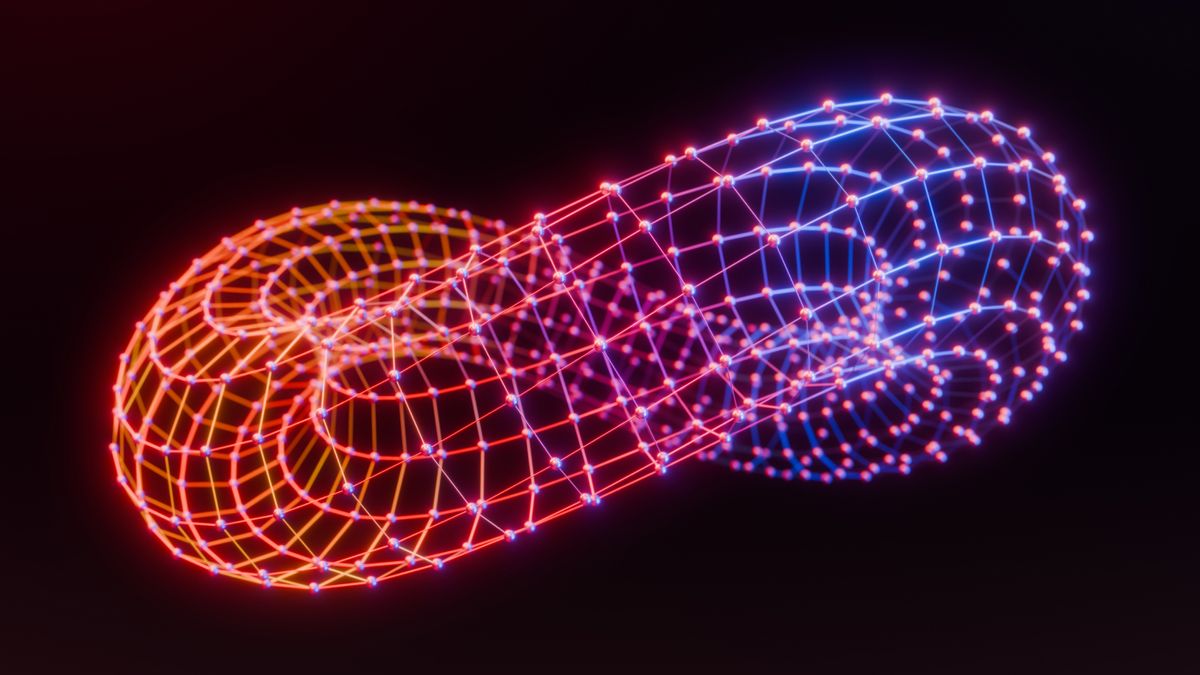Quantum computing is rapidly evolving, promising transformative advances across industries from cryptography to drug discovery. However, one of the biggest hurdles is managing the inherent error rates of quantum bits (qubits). Microsoft researchers have recently made a major breakthrough by developing an AI-driven method that reduces quantum computer errors by up to 1,000 times. This innovation could significantly accelerate the practical deployment of quantum computing technology.
The Challenge of Quantum Computing Errors
Quantum computers rely on qubits, which can exist in multiple states simultaneously thanks to quantum superposition. While this property allows extraordinary computational power, qubits are notoriously fragile and prone to errors from environmental noise, imperfect operations, and decoherence. These errors accumulate and limit the performance and reliability of current quantum devices.
Traditionally, error correction methods involve complex encoding schemes that require many additional qubits, increasing hardware demands. Despite these efforts, practical error rates remain a fundamental challenge for scaling quantum systems to useful sizes.
Microsoft’s AI-Based Error Reduction Approach
The team at Microsoft Research has pioneered an innovative solution leveraging artificial intelligence to tackle quantum errors more efficiently. Using advanced machine learning models, their method analyzes error patterns and predicts optimal correction strategies, dynamically adapting to hardware imperfections.
This AI-based approach differs from traditional static error correction techniques by learning and evolving with the quantum system in real-time. The results are impressive, error rates can be reduced by a factor of up to 1,000, dramatically enhancing qubit fidelity and computation accuracy.
Implications for Quantum Computing and Beyond
Reducing quantum computer errors so significantly paves the way for more practical quantum applications. Enhanced error mitigation improves the viability of quantum algorithms for complex simulations, optimization problems, and cryptographic tasks.
Microsoft’s breakthrough also lowers the hardware overhead needed for error correction, potentially reducing costs and accelerating commercialization. This advancement aligns with global efforts to build scalable and fault-tolerant quantum computers capable of outperforming classical machines.
Beyond quantum computing, the AI techniques developed may inspire similar error reduction strategies in other noisy, complex systems.
The Future Outlook
While this achievement is promising, challenges remain in integrating AI-driven error correction across diverse quantum platforms and scaling up qubit numbers. Continued interdisciplinary collaboration between quantum physicists and AI experts will be crucial.
Microsoft’s work exemplifies how combining AI and quantum computing accelerates technological frontiers. As these fields evolve together, breakthroughs like this will bring us closer to realizing the full potential of quantum technology.
Read More






 Sunday, 30-11-25
Sunday, 30-11-25







